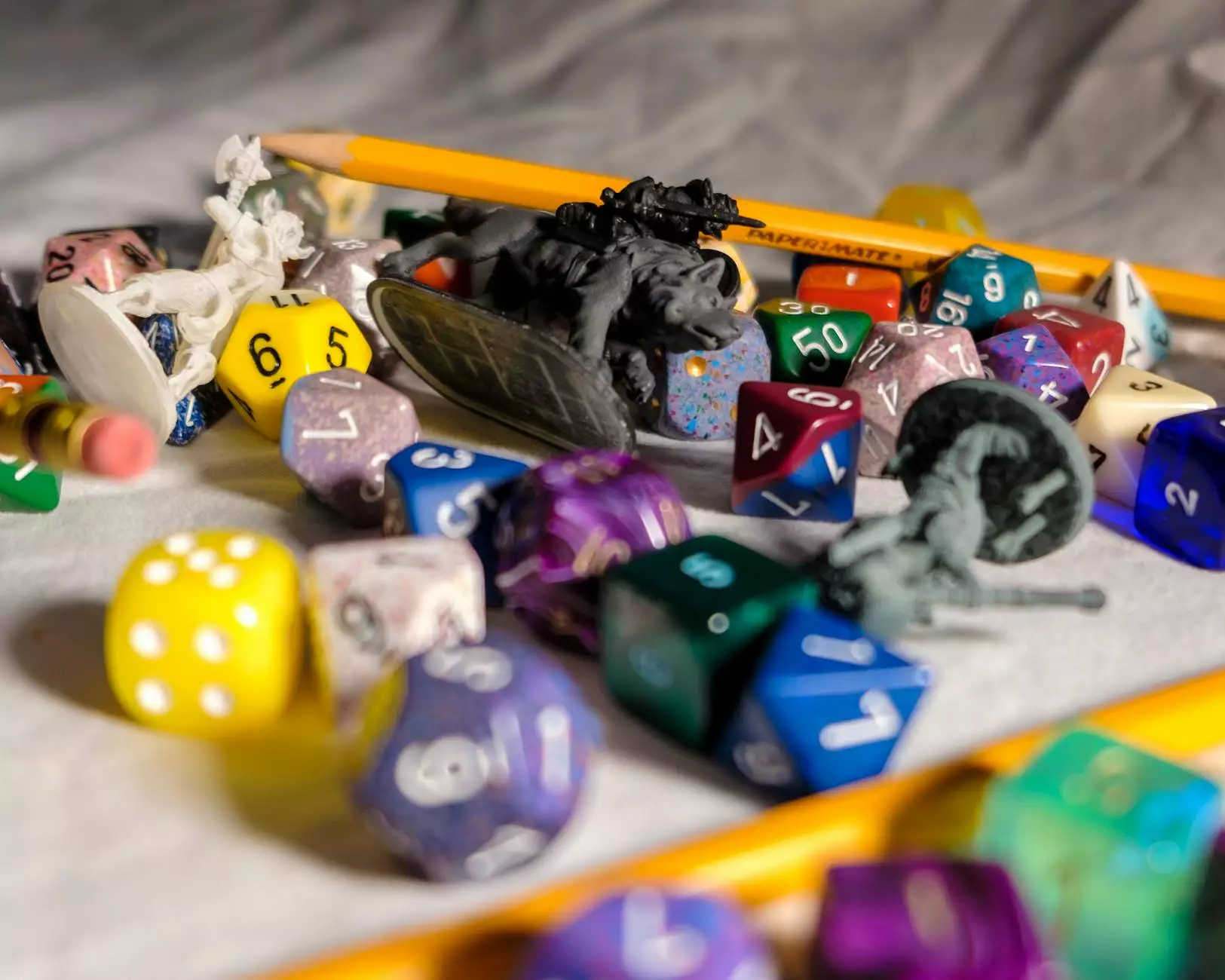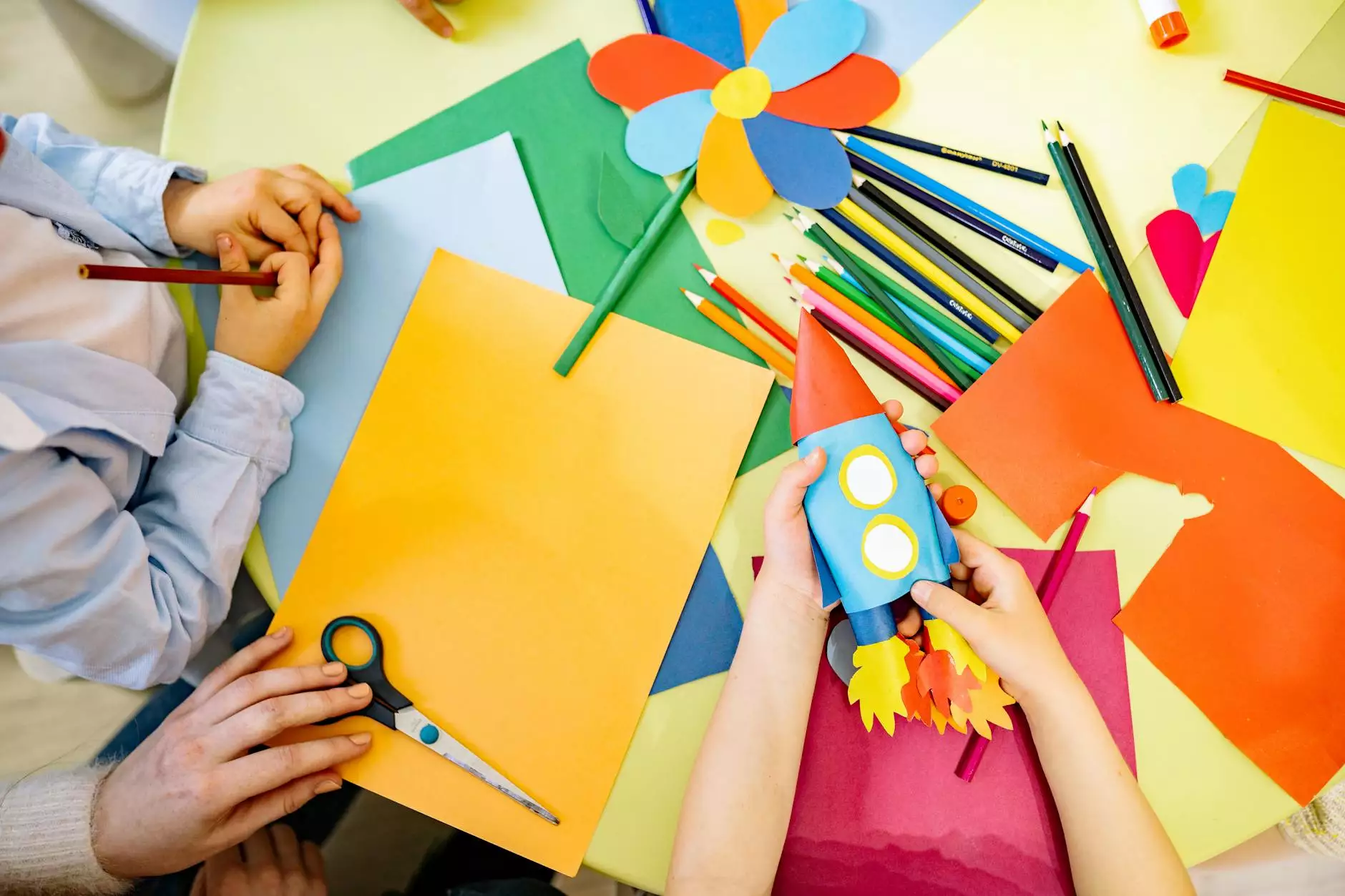DIY Pool Noodle STEM!

Unlocking the Potential of Pool Noodles for STEM Education
Welcome to The Knowledge Nest's comprehensive guide on using pool noodles for STEM projects! In this article, we will dive into the wonderful world of pool noodle engineering, where creativity and learning come together.
The Power of Pool Noodles in STEM Education
When it comes to hands-on learning, pool noodles are an excellent and affordable resource that can inspire young minds to explore science, technology, engineering, and mathematics (STEM) concepts. These versatile foam tubes have gained popularity among educators and parents alike for their endless possibilities in creating engaging and educational experiences.
Why Choose Pool Noodles?
Pool noodles offer numerous benefits that make them ideal for STEM projects:
- Safe and Flexible: Pool noodles are made of soft foam, making them safe for children to handle. They can be easily cut, shaped, and manipulated to fit various design requirements, encouraging creativity and problem-solving skills.
- Cost-Effective: Compared to more complex STEM materials, pool noodles are incredibly affordable, allowing for budget-friendly projects that can be replicated in large group settings.
- Versatile: From building structures and bridges to creating flotation devices and simple machines, the possibilities with pool noodles are practically endless. They can be combined with other materials, such as cardboard or tape, to enhance project complexity.
- STEM Concepts Made Fun: Incorporating pool noodles into STEM activities adds an element of playfulness, making learning enjoyable and accessible to learners of all ages.
Getting Started with Pool Noodle STEM Projects
Here at The Knowledge Nest, we believe in providing detailed guidance to help you embark on your pool noodle STEM journey with confidence. Let's dive into the step-by-step process:
1. Selecting the Right Pool Noodles
Before starting your project, it's essential to choose pool noodles that suit your specific needs. Consider factors such as length, diameter, color, and density. Depending on the project, you might need noodles of different sizes to maximize their application possibilities.
2. Planning Your Project
Take some time to brainstorm project ideas and outline the materials you'll need. Visualize the final design and consider how the pool noodles will be used to build or enhance the project. This planning stage sets the foundation for a successful STEM project.
3. Preparing the Pool Noodles
Pool noodles typically come in long, cylindrical shapes. Carefully cut and shape the noodles according to your project requirements. You can create straight sections, angles, or even cut out hollow sections to fit other components.
4. Assembling Your Project
Using various techniques like gluing, taping, or connecting with other materials, start piecing together your pool noodle creation. Follow the project guidelines and refer to any provided diagrams or instructions to ensure accurate assembly.
5. Testing and Improvement
Once your project is complete, assess its functionality and durability. Test its performance under different conditions and identify areas for improvement. Iteration and troubleshooting are vital parts of the learning process, enhancing critical thinking and problem-solving skills.
Pool Noodle STEM Project Ideas
Looking for inspiration? Here are some exciting pool noodle STEM project ideas to get you started:
1. Pool Noodle Marble Run
Create a thrilling marble run using pool noodles and other common household items. Explore concepts like gravity, momentum, and engineering design while constructing an intricate track for marbles to roll through.
2. Pool Noodle Structures
Challenge your building skills by constructing tall towers, bridges, or even a miniature cityscape with pool noodles as the primary building material. Experiment with stability and structural integrity as you discover the principles of architecture and construction.
3. Floating STEM Raft
Combine pool noodles with recycled materials to build a raft that can float on water. Explore concepts of buoyancy, weight distribution, and geometry as you design and test your floating creation.
4. Pool Noodle Obstacle Course
Design a challenging obstacle course using pool noodles to enhance agility and gross motor skills. Incorporate elements such as tunnels, hurdles, and balance beams, and observe how participants navigate through the course.
5. Pool Noodle Engineering Challenges
Create engineering challenges using pool noodles as the main building component. Encourage problem-solving, teamwork, and innovation as participants build structures capable of withstanding various tests and conditions.
Conclusion
Pool noodles offer a playful and affordable way to engage learners in STEM education. With their limitless potential, these foam tubes provide a gateway to exploring various scientific concepts and fostering creativity. Whether you're an educator or a parent, incorporating pool noodle STEM projects into your learning environment can spark curiosity and inspire the next generation of innovators and problem solvers.
Start your pool noodle STEM journey today with The Knowledge Nest, your go-to resource for all things educational and fun!










